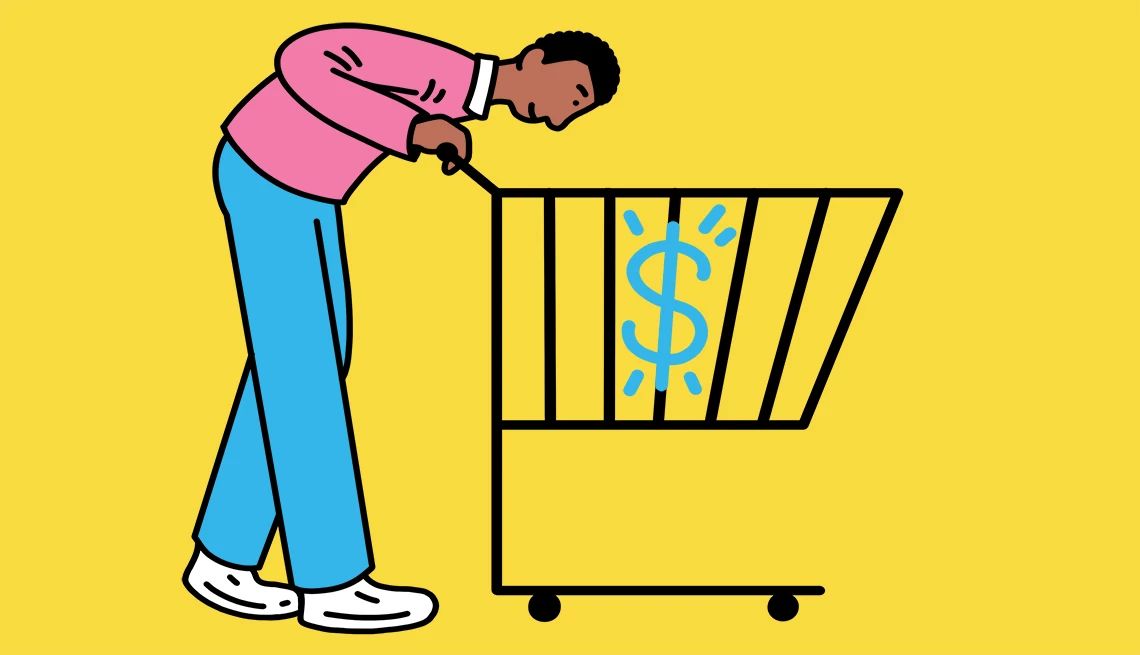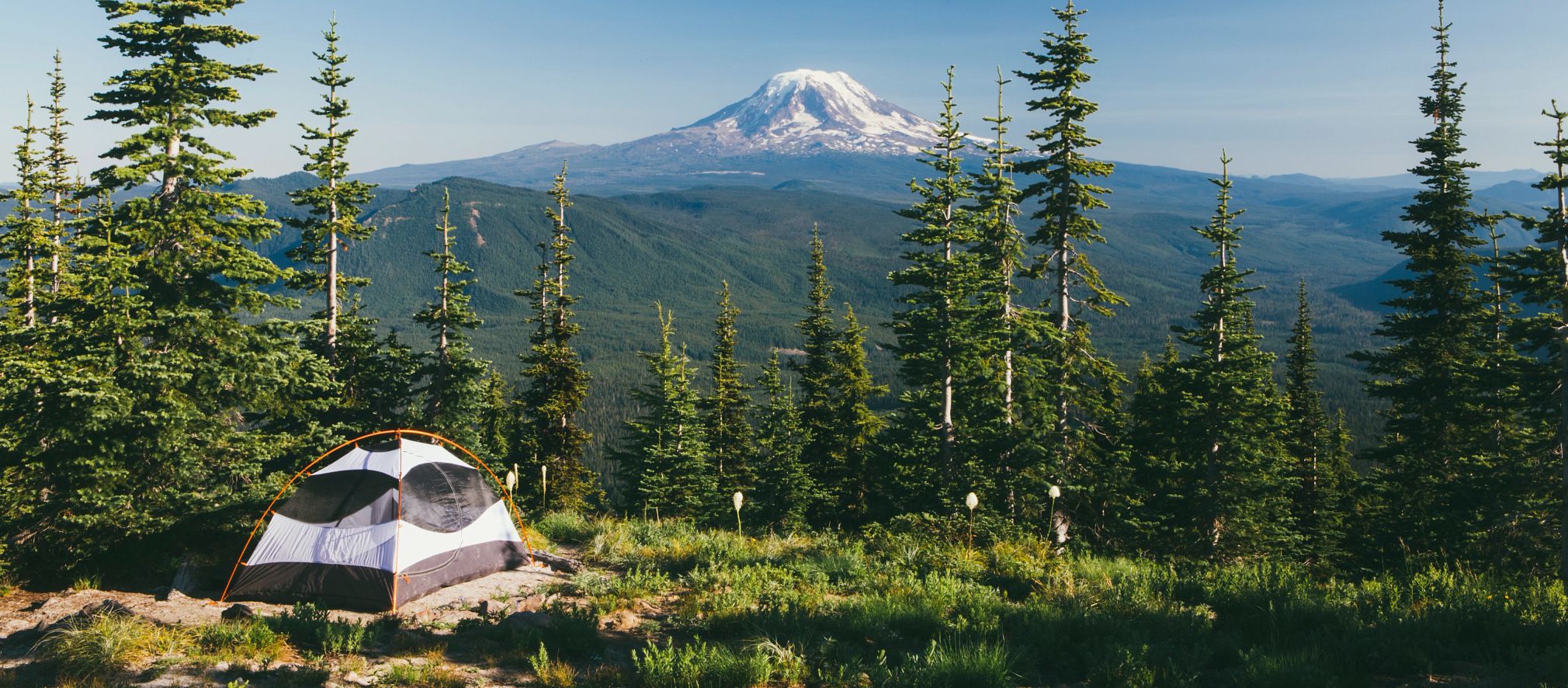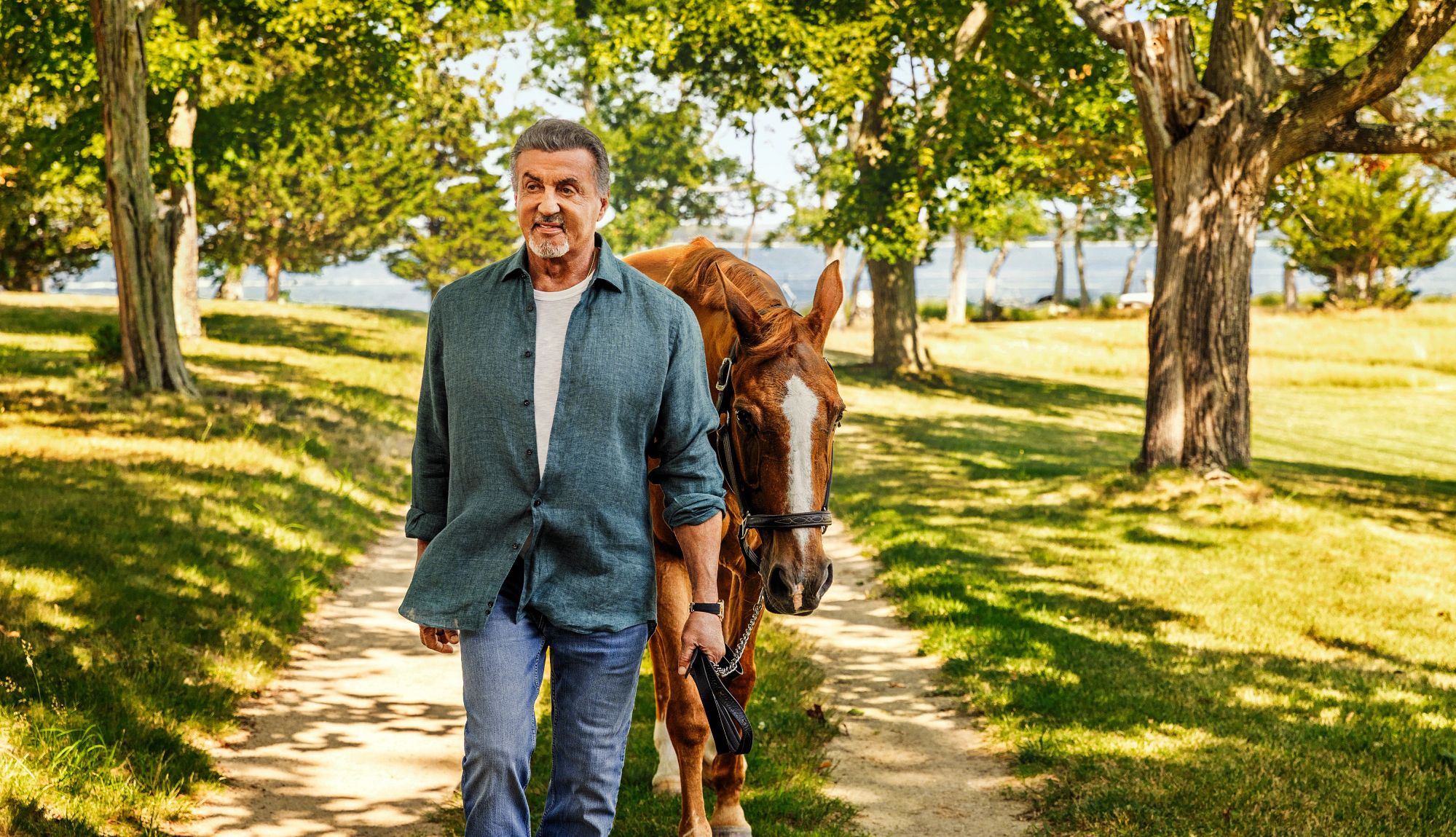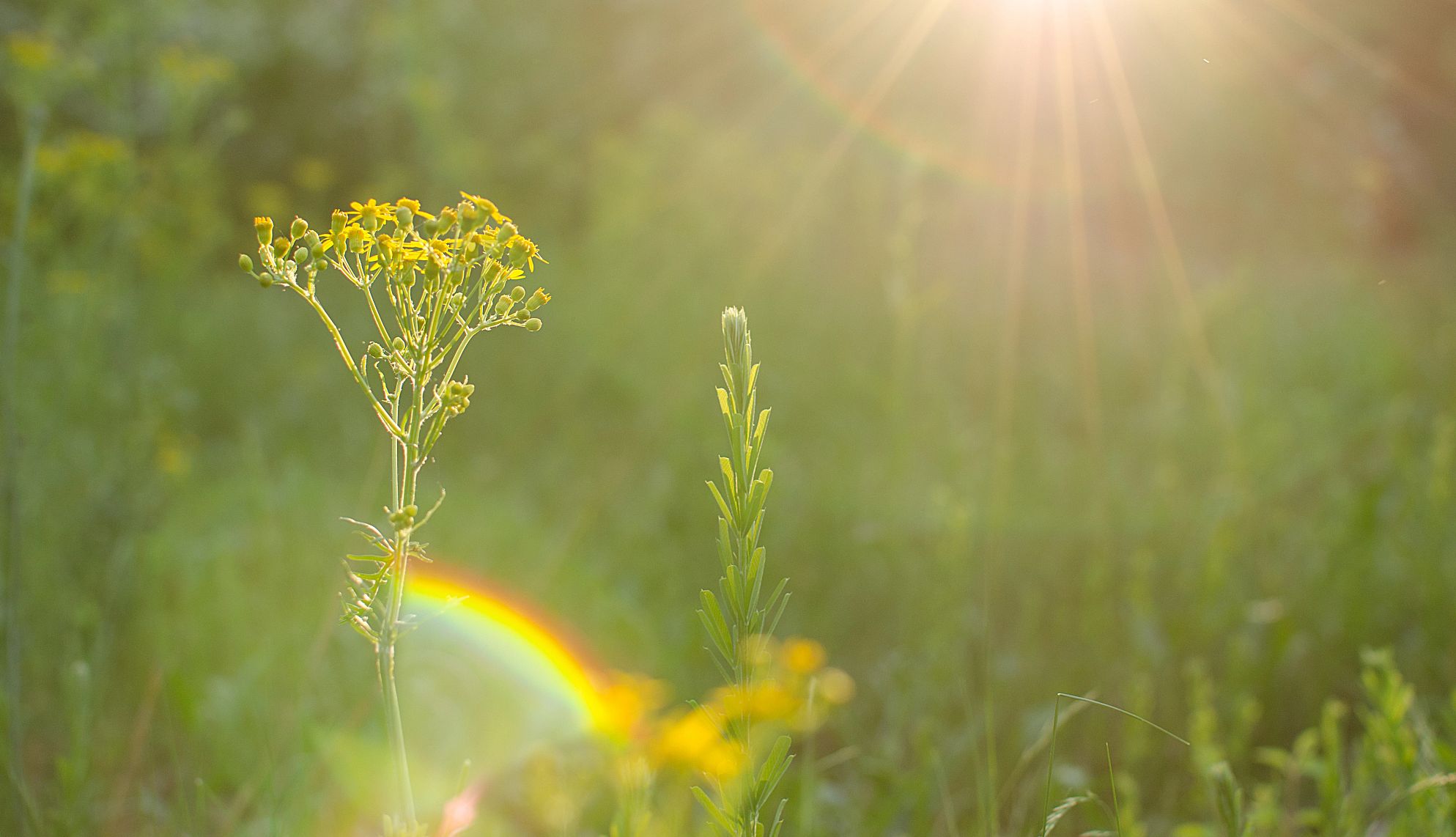AARP Hearing Center
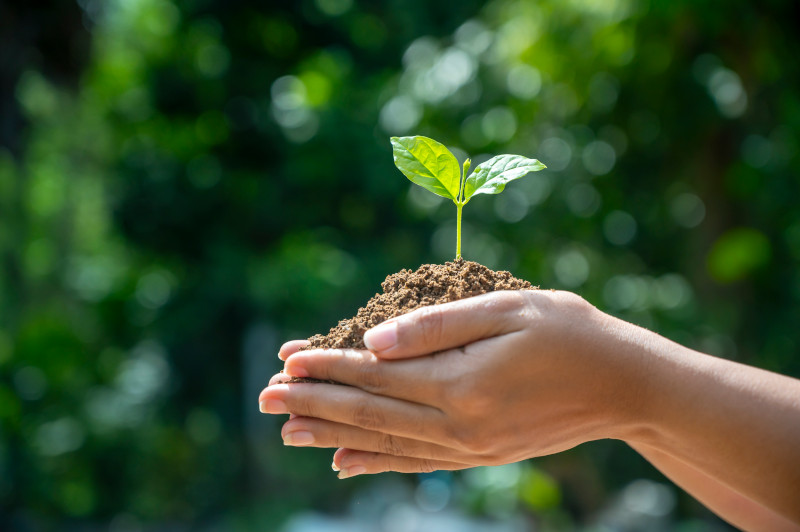
I can give you 90 million reasons to plant a tree and not one reason not to unless you are not interested in caring for that tree during your lifetime. Trees grow slowly, heal slowly, and die slowly.
According to Thoughtco.com, if every family of four could plant two trees, by the time those trees were mature, they would provide enough oxygen for a family of four. The Arbor Foundation states, “With nearly 70% of the world expected to live in urban areas by 2050, planting trees now is critical to set neighborhoods up for success for the years ahead.”
The most critical issue is trees are part of our hydrology system. Without trees, it will not rain. That’s my reason for planting a tree. Once you decide, how do you decide what type of tree is best for your property?
Here are a few tips:
1) Different types of trees grow in different soils. Marry the tree that can prosper in the soil of your property.
2) Purchase smaller trees because they will develop faster. Why? The larger the tree the more root structure. This tree will take longer to establish than a younger one. The younger tree will outpace a more mature tree that is transplanted.
3) Understand the mature size of your tree for proper placement.
4) Understand the culture of your tree. This means watering, pruning, and watching for insect and nutrient issues.
5) Know who to ask about getting reliable, accurate information. Certified arborists, nurseries, and university extensions in your area are some of the possibilities.
That sounds like a lot. It is just like developing a relationship with your tree. Like any relationship, it takes a lot of work. You have a long time to get to know your tree. Do not neglect it during drought or after a bad storm. In understanding your tree, know that most tree roots are in the top 18 inches. Others go much deeper to a hundred feet and beyond.
As we continually learn more about trees, our care will change, and our respect will grow. According to Suzanne Simard, older Mother trees contain the memory of climatic changes in their DNA. This is how trees continue to adapt to climatic changes today. Stay tuned. Trees have much to teach us.











